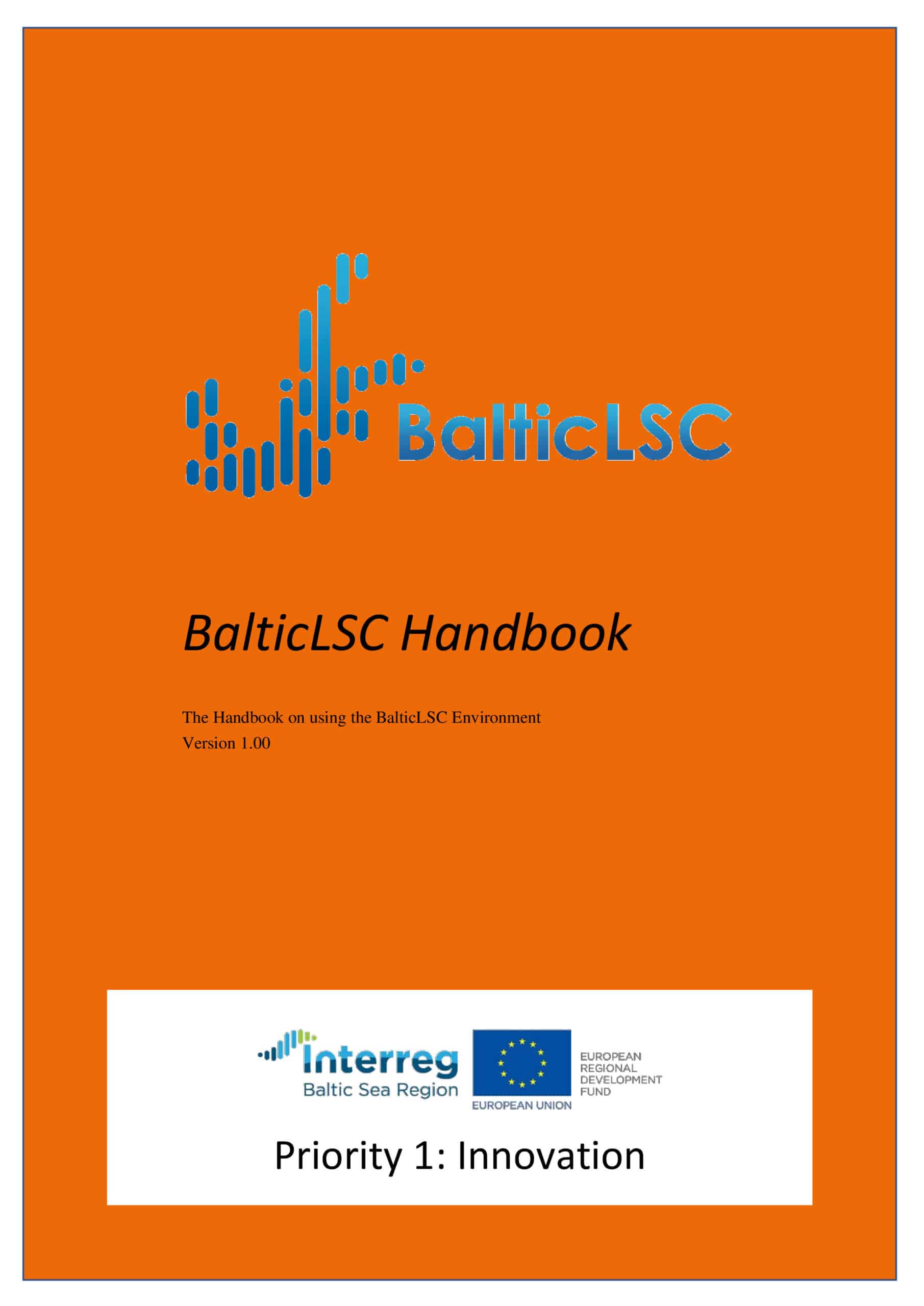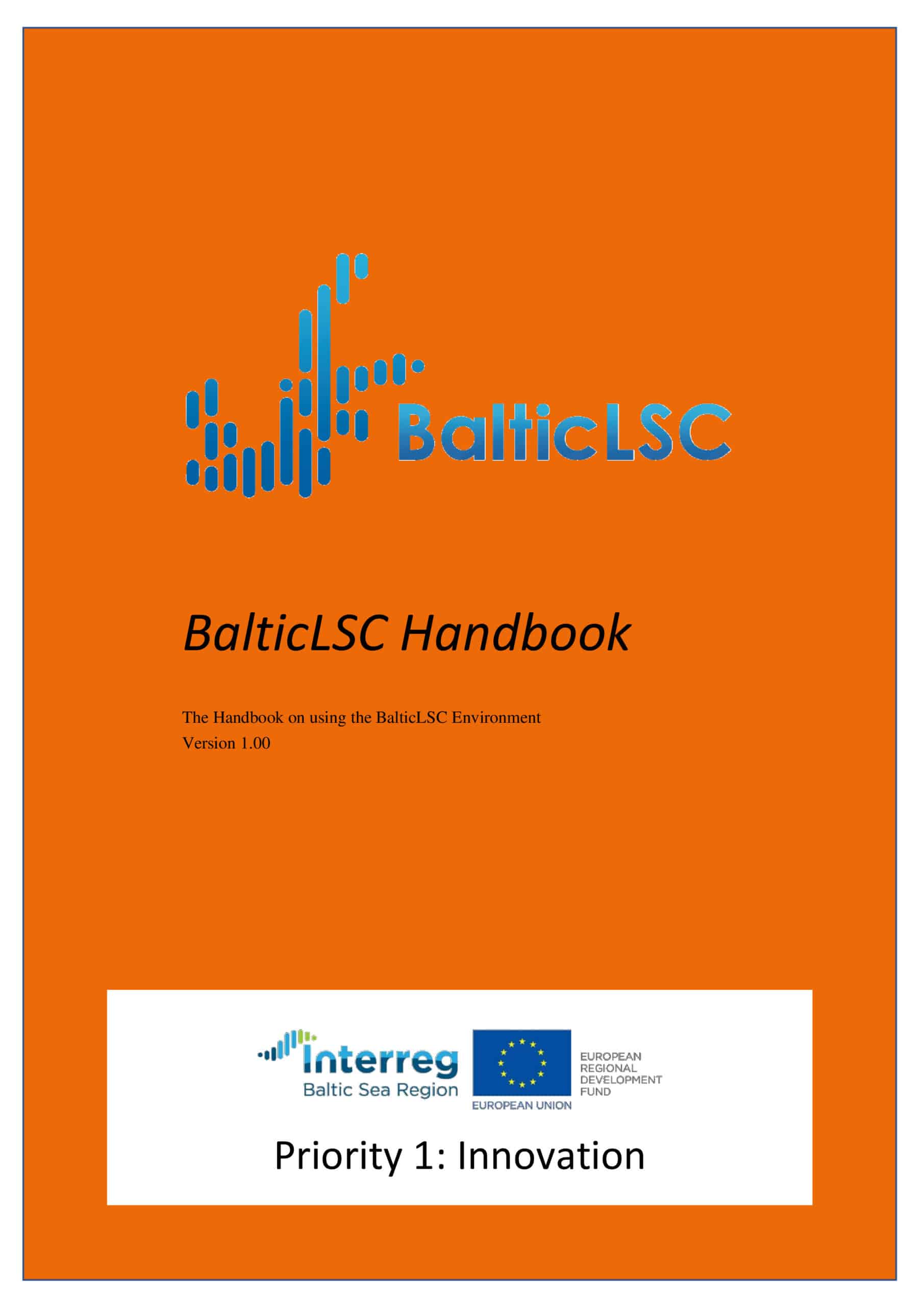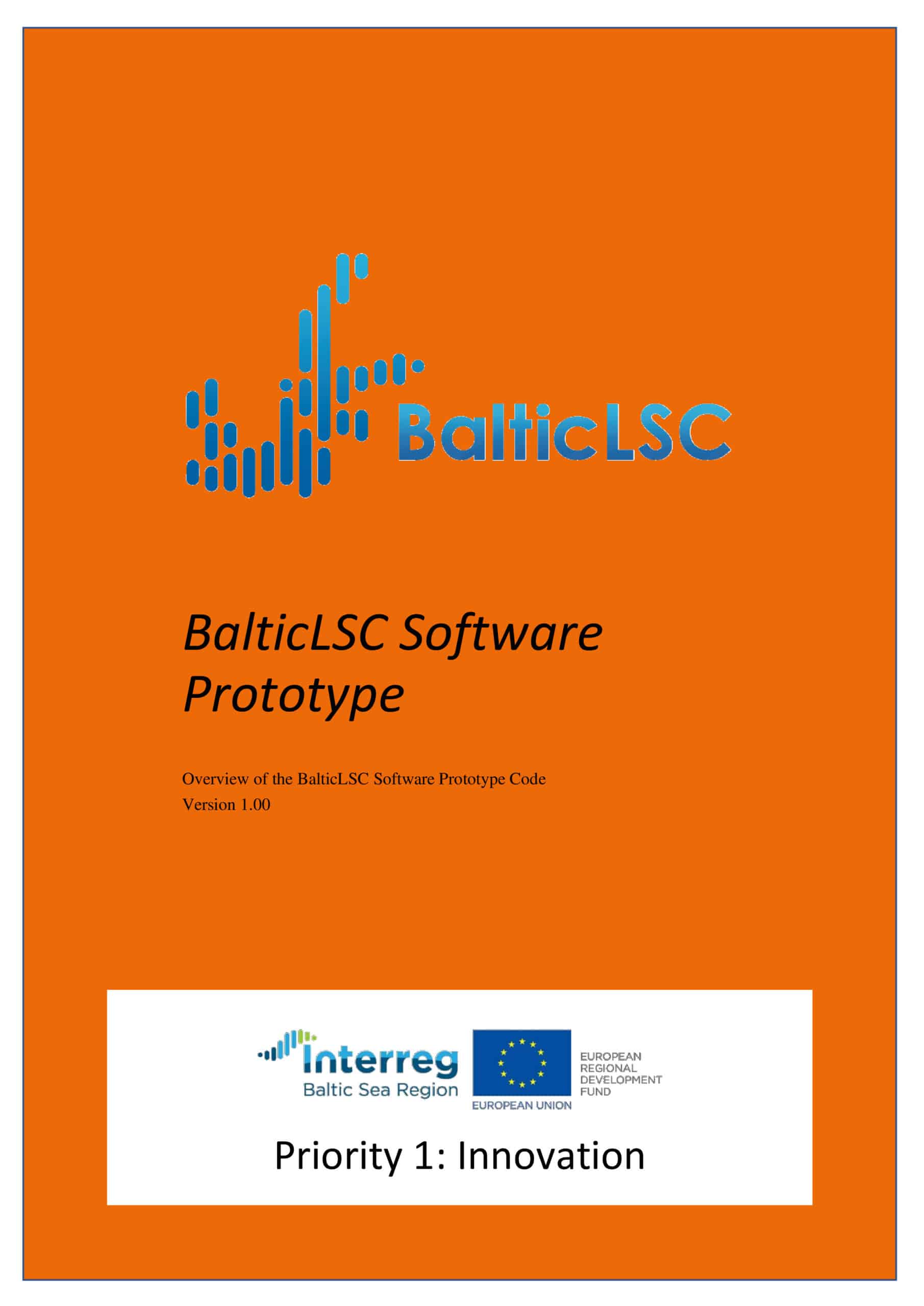BalticLSC
Processing data is a challenge
New businesses require the processing of large quantities of data which triggers the increased need for large-scale calculations (LSC). The reality is that primarily global corporations and large-scale research centers can afford such complex supercomputing environments. Meanwhile, small innovative companies, independent research centers, startups and innovators often lack the knowledge, competence and resources to exploit such complex data processing fully. Small players suffer from limited abilities and high costs to develop and commercialise innovations based on the use of LSC. The PRACE report indicates that the EU's GDP would rise by up to 2-3% in 2020 provided that smaller businesses/research could take advantage of complex data.
Large-scale computing environment as a solution
The challenges above explain the need to create an affordable LSC environment where non-IT specialists could easier learn and use and grant access to remote SMEs and research centers. It shall be backed up by a substantial and unified computing platform and computing software developed specifically for this purpose.
The project BalticLSC created a supercomputing environment comprising hardware prototypes, software tools and application recommendations. It offered these services to small and medium-sized enterprises for new product development. In this way, small research centres can use their computing resources more efficiently.
Budgets
in numbers
-
2.39MillionTotal
-
1.82MillionErdf
-
0.00MillionEni + Russia
-
0.00MillionNorway
Achievements
Valuable knowledge acquired thanks to transnational cooperation
BalticLSC brought together technology creators, business development organizations and science parks from eight countries. Together, they developed an open-source code of the BalticLSC Software and the BalticLSC Platform, with its complete documentation, including the Platform installation guide, the Software Design Model and the Developer's Guide. The Software and the Platform comprise the Baltic LSC Environment, which will be used mainly by organisations that intend to design and develop new innovative products and services based on supercomputing services at the time of their design or execution, and organisations that want to offer supercomputing services. Specifically, as a concrete example, if a company develops a marine system, it has the possibility to access an LSC service supplier on the BalticLSC portal. This is followed by a series of calculations in an easy-to-use computation application language and within a network of LSC nodes, combining their power according to the developers' needs. This chain enables the company to deliver a final product or service to the market much faster.
Based on the technical feedback gathered during dedicated workshop sessions, results provided small-scale organisations (SMEs, startups, research centres) and individuals (innovators, students) with valuable knowledge regarding large-scale computations. Most targeted companies operate in engineering, IT, education and life sciences.
BalticLSC Network
The project partners established BalticLSC Network. All the declared computation nodes (Poland, Latvia, Estonia, Finland, and Sweden) are operational and can be used as part of the Network to perform large-scale computations. Computations within the BalticLSC Environment can thus be distributed across several computation nodes in the Baltic Sea Region. The users can execute their computations on any or all of the nodes, depending on the type of their computation problem. The users can select nodes depending on their available resources (CPUs, GPUS, memory, network bandwidth) or geographical location (specific country).
Outputs
Handbook on Doing Business Using the BalticLSC System

BalticLSC Handbook

BalticLSC Software Prototype

BalticLSC Platform Implementation Report

Project Stories
Partners
Warsaw University of Technology
- TownWarszawa
- RegionMiasto Warszawa
- CountryPoland
- RepresentativeMichał Śmiałek
- Phone
- E-Mail
- Web
RISE Research Institutes of Sweden AB
- TownLuleå
- RegionNorrbottens län
- CountrySweden
- RepresentativeTor Björn Minde
- Phone
- E-Mail
- Web
Institute of Mathematics and Computer Science, University of Latvia (IMCS UL)
- TownRiga
- RegionRīga
- CountryLatvia
- RepresentativeAgris Šostaks
- Phone
- E-Mail
- Web
EurA AG
- TownEllwangen
- RegionOstalbkreis
- CountryGermany
- RepresentativeAthanasios Papaioannou
- Phone
- E-Mail
- Web
Municipality of Vejle
- TownVejle
- RegionSydjylland
- CountryDenmark
- RepresentativeJeanette Kristensen
- Phone
- E-Mail
- Web
Lithuanian Innovation Center
- TownVilnius
- RegionVilniaus apskritis
- CountryLithuania
- RepresentativeMantas Vilys
- Phone
- E-Mail
- Web
Machine Technology Center Turku Ltd.
- TownTurku
- RegionVarsinais-Suomi
- CountryFinland
- RepresentativeJussi Karlsson
- Phone
- E-Mail
- Web
Tartu Science Park Foundation
- TownTartu
- RegionLõuna-Eesti
- CountryEstonia
- RepresentativeHenri Hanson
- Phone
- E-Mail
- Web
-
Project managerMichał ŚmiałekWarsaw University of Technology
-
Legal representativeRajmund BacewiczWarsaw University of Technology
-
Financial managerAgnieszka JanusWarsaw University of Technology
-
Communication managerVitalija KolisovaLithuanian Innovation Center



